Epic Bike Tours in Piedmont: Our Top-pick Routes with GPX & Insider Tips
It's hard to stand out in a country as beautiful as Italy, but Piedmont is truly unique...Prepare to be blown away: majestic mountains, rolling hills, quiet roads, breathtaking landscapes...
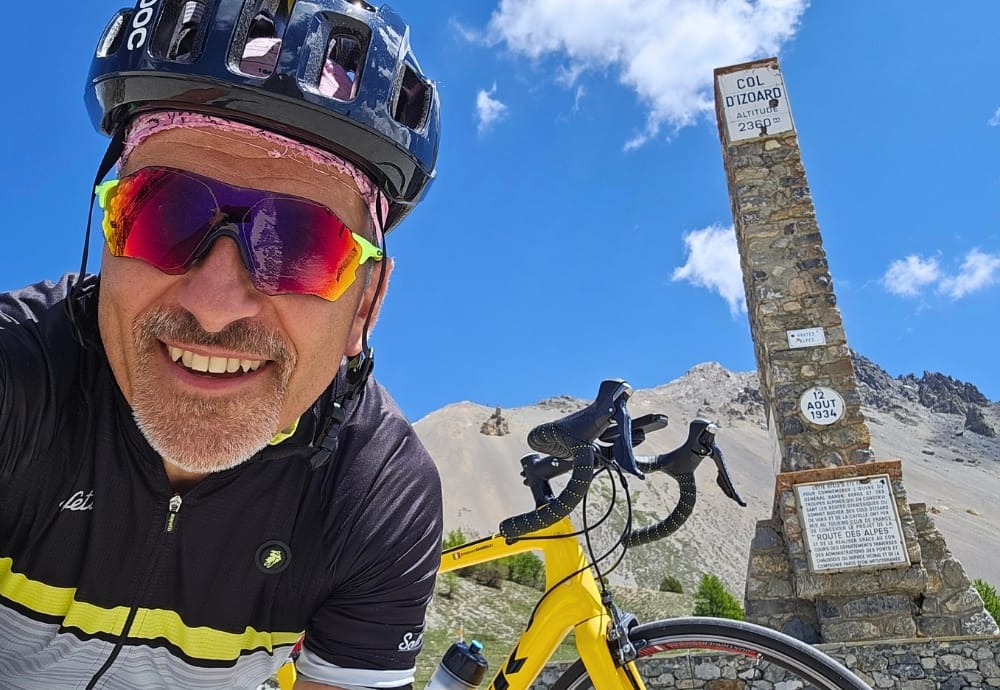
Is Piedmont the Most Underrated Cycling Region in Italy?
I have been living in Beautiful British Columbia, Canada since 2010. I have enjoyed these past 15 years for the most part, with the exception of the long, rainy Vancouver winters. But as time rolls on, I increasingly feel like one of those typical nostalgic expats. I appreciate my adoptive home, but long a bit more every year for "La Bella Italia".
I might be a bit biased since I was born in Piedmont, Italy and I like riding the hills, but I challenge you: spend a week Cycling Piedmont, and see what happens. You’ll likely also come to see why I firmly believe that there is no other place that can offer so much to cyclists, no matter the level of fitness or ambition level.
It's hard to stand out in a country as beautiful as Italy, but Piedmont is truly unique, even if it's not as well known as cycling hot spots such as the Dolomites or Tuscany. Prepare to be blown away: majestic mountains, rolling hills, quiet roads, breathtaking landscapes, beautiful historical towns, culinary delights and much more.
Read on and discover the best cycling tours in Piedmont, and why it’s the most underrated cycling region in Italy.
Three Excellent Reasons to Choose Piedmont for your Next Cycling Trip
1- Unbelievable variety
What would you expect from a region that has the word “mountain” in its name (Piemonte: “Pie-”= Foot “-Monte”= Mountain)? Describing all the climbs accessible to cyclists in the mountains of Piedmont would require not one, but a series of books.
For now, let’s just say that you can find an abundance of ascents of well over 6,000 feet, many of which can be combined together to make it as challenging a day as you’d like, and perhaps add that you will be able to reach an elevation of 2,744 metres above sea level, yes, that’s 9,000 ft! The mountains of Piedmont deserve a section of its own, so I’ll leave it at that for now, and I’ll tackle the Alps later.
If epic mountain climbs are not your thing, and you would rather spend your time rolling through relaxing agricultural landscapes from one historical town to another, the Piedmont plains offer hundreds of miles of flat to mellow terrain on quiet roads. From the plains of the Province of Cuneo -la Provincia Granda- to the gentle hills of the area surrounding the capital city of Torino, heading East through the rice paddies of Vercelli and then North into the big lakes district with its romantic Orta Lake and the Isle of Saint Julius -Isola di San Giulio- there is a lot of flatter terrain to be found.
In between there is the Langhe region, where rolling hills covered by the prestigious grapes of Barolo (among others) are a perfect terrain to train your legs before tackling the high peaks. See our top picks below for more details and cycling tips.

2- A long cycling season
Road cyclists can enjoy a very long season in Piedmont. It’s just a matter of planning your route properly. If you are visiting in the very early season (March to April) or in the fall (October and November), you will likely not be able to ride the high-altitude alpine mountain passes.
However everything else will be available, and that includes the lower altitude mountains, the hills of the Langhe, the agricultural plains and the big lakes. If you are in fact aiming to ride deep and high into the mountains, consider that the Giro d’Italia includes a selection of alpine roads in Piedmont almost every single year, and this always happens in May.
Even after a snowy winter, many high-altitude roads get cleared in the Spring. Riding through the mountains between high banks of snow is an experience you will never forget.
As for June and September, the only “difficulty” you will find is choosing where to ride! The large number of available routes form such a pervasive network across the entire region that you will feel the need to come back over and over again, until you’ve explored every corner of it. I have been riding in Piedmont for over 40 years and I still find new roads and places I have never seen.
You will hear many stating that July and August are not the ideal months for cycling in Italy, whether it’s because of the heat or due to the tourist high season, when everything becomes crowded and expensive.
The solution is simple: ride into the cool, forested mountains, or explore the lesser known secluded mountain passes: fresh air and quiet roads guaranteed, no matter the season!
3- Rich culture and history - and food, certamente!
Piedmont is the European region with the most small mountain villages. There are over 4,000 villages spread across 550 municipalities. Differences in elevation, weather patterns, vegetation, exposure, geography, geology, wildlife, water sources, accessibility and religion have all had a significant impact on how each village developed its own culture and way of living.
This cultural richness, over the centuries, has stimulated a plethora of architectural styles, historical celebrations, agricultural choices and recipes. The best way to sample and breathe in this outstanding diversity, as it progressively changes the environment around you, is to cycle into and across the dozens of alpine valleys that embrace the central plains; through the Langhe Hills and Monferrato, or into the Apennines, the gentle mountains that mark the border with Liguria and the nearby Mediterranean Sea. An uncountable number of castles, farmhouses and medieval villages alternating with modern luxury resorts and rustic mountain chalets will be enough to satisfy even the most discerning visitor.
Piedmont is the land of truffles, nuts and the most fabled wineries in Italy. The culinary delights that you will experience along the journey are second to none, with a variety and quality of local dishes that continue to surprise me wherever I lay my helmet after a fulfilling day in the saddle.
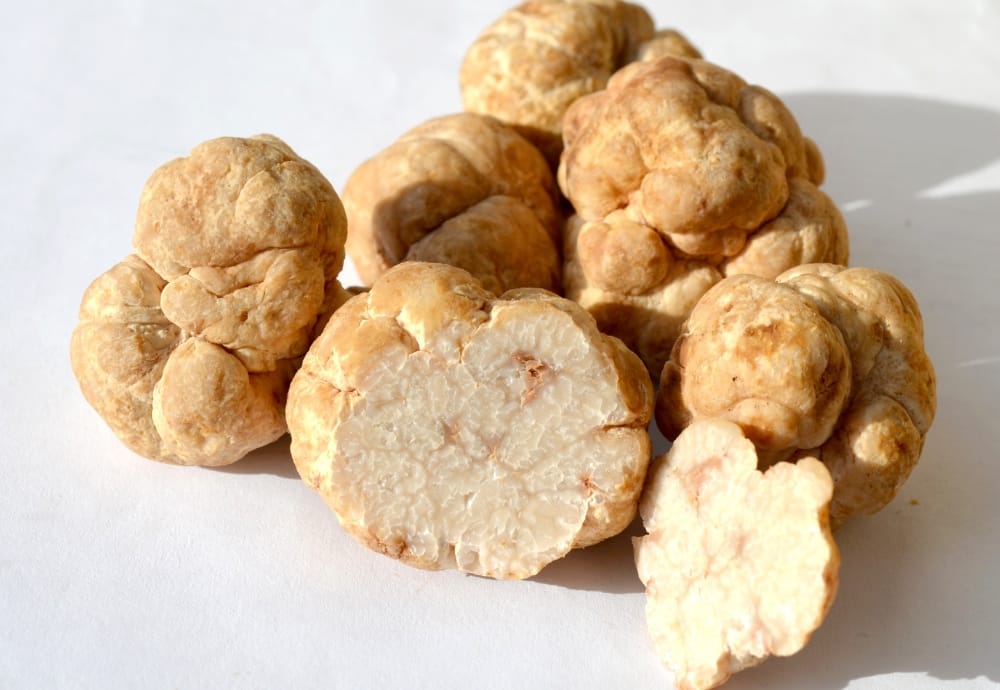
Be brave and choose a different dish every day, but don’t miss these:
“Vitello Tonnato” – cold sliced veal covered with a creamy sauce flavoured with tuna.
“Agnulot del Plin” – tiny pasta parcels filled with an ever-changing combination of different ingredients served with various sauces from very simple to quite sophisticated (think: white truffle).
“Tomino con il Bagnet” – Piedmont produces hundreds of different types of cheese. Picking only one is nearly impossible, so I will mention here one of my favourites. Tomino is a soft creamy small cheese served with a green savoury sauce mainly made of parsley, garlic, anchovies and olive oil.
“Bunet” – A heavenly smooth chocolate dessert with amaretti. Irresistible!
All the above of course paired with a glass or two of world-renowned wines from the Langhe and Monferrato. Slip in a Barolo wine tasting and try some of the other exceptional local wines (e.g. Roero Arneis among the whites) while you're at it. Just try to do this towards the end of your ride!
Cycling Routes in Piedmont - Our Top Picks
The Langhe and the Monferrato
Want to warm up a bit before going full on the epic climbs? Explore the Langhe Hills and the Monferrato. Believe me, I am not exaggerating when I say that this is a cycling heaven, a must do at least once for any cyclist.
Imagine a network of quiet roads through geometric vineyards and combed hazelnut farms, a never-ending collection of interesting climbs and exhilarating descents that can be combined in an endless list of options.
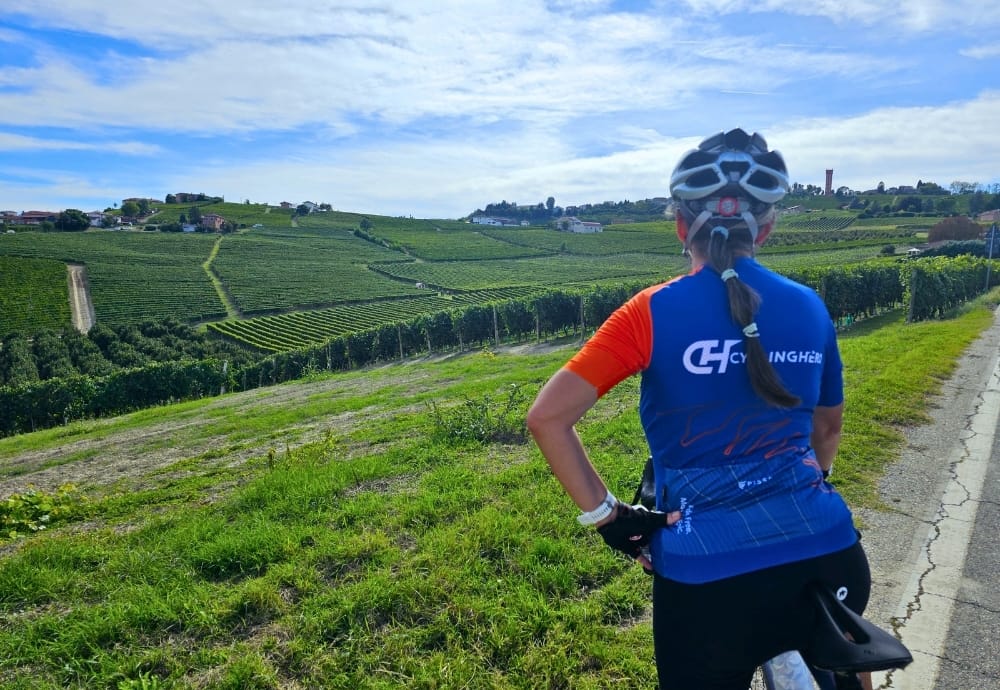
Look out at dozens of hilltop medieval villages scattered throughout the landscape such as La Morra and Monforte, ride by thousands of wineries where you can taste some of the best wines in the world (Barolo, Barbaresco, Nizza, Moscato and many more), and delightful restaurants that offer an impressive variety of local dishes, including the famous white Truffles of Alba.
Here's a beautiful loop out of La Morra that takes in the wine mecca of Barolo. GPX can be found here.

The Italian Western Alps
The Western Alps are a very well-defined albeit relatively narrow rugged chain of mountains, such that the borders with France and Switzerland for the most part follow the alignment of its highest peaks. On the Piedmont side there are virtually no “Pre-Alps”, as the mountain ridges jut out quite abruptly from the flats where the main towns and cities are located.
Approximately two dozen main valleys fan out onto the plains of Piedmont, all of them with their own independent access, and all of them traced along their main axis by spectacular paved roads. Additionally, each of these main valleys split into several minor valleys, offering endless opportunities to cyclists who are keen to explore the region and find secluded peaceful corners nestled deep into the Alps.
This is not the place to describe everything, but I will share the main geographical features and highlight some of the top bucket list climbs in the area.
The Southwestern Region - Cuneo
In the southwestern corner of the Alps, the elegant city of Cuneo is the ideal base for many different routes, and from there all of the main and secondary valleys are worth exploring with a road bike.
Colle Fauniera
This is my favourite route in the Cuneo area. The ascent from the Grana Valley starts humbly enough; the road winds up the lower narrow portion of the valley among small villages, forests and rock faces that were carved by ancient glaciers and subsequently cut by the Grana River, an ancient word meaning crack or crevasse.
We are following the valley bottom in proximity with the fresh waters of the stream. About 15 km from entering the valley, the road starts progressively climbing up along the south facing slopes with various switchbacks alternating with long and steep sections which allow you to continuously make westward progress. This is the start of the Colle Fauniera proper.
About 20 kms in, the trees give way to the meadows and high-altitude pastures. We are entering the high elevation alpine environment where the landscape and the fragrance of the air are completely different. Rocky peaks become fully visible and the surrounding mountain meadows provide a pervasive sense of peace.
The road is narrow at times, and the slopes on the downhill side are steep, however the upper portion of the Grana Valley is so beautiful that everything feels relaxing and surreal. Except for your legs and lungs, which will be working hard to take you and your bike to the top. It’s a long climb (almost 20 miles), reaching an elevation of 2,481 metres (8,140 feet) where the legendary Marco Pantani will be waiting for you, carved in stone, on his bike and focused on the finish line. You’ll feel like the King of the Mountains too, that is if you still have breath to spare!
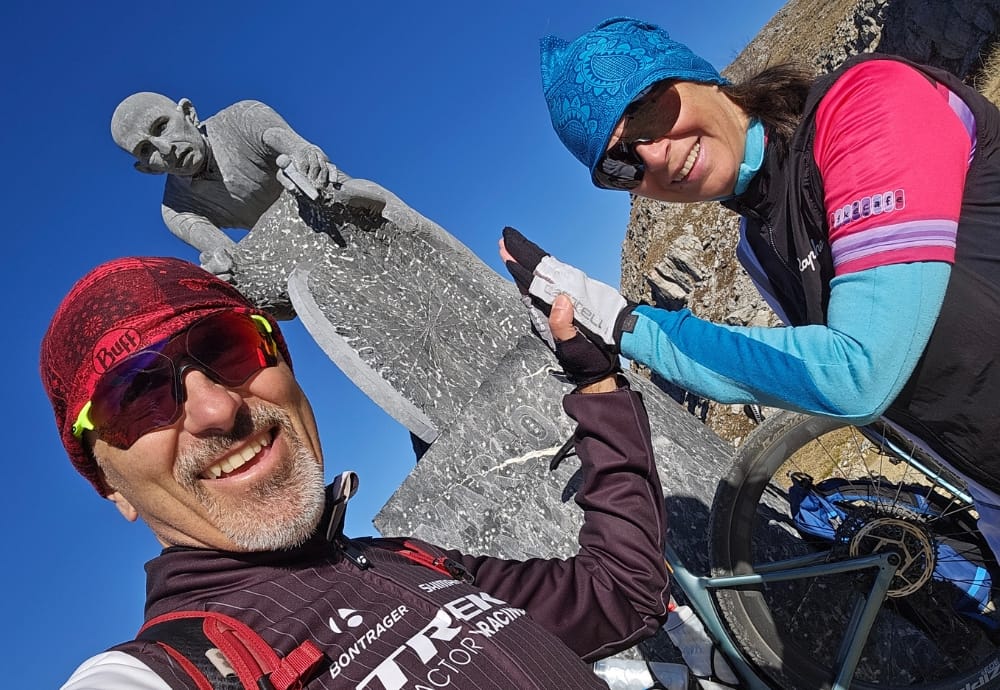
After the climb I always spend a bit of time resting at the top and taking in the fantastic panorama, the beauty of this place is difficult to describe, no words will ever do it justice.
Note that just over a mile before the top of the climb, you’ll find on the right side of the road a modern structure that can be accessed through a short access road. It’s the Fauniera Mountain Hut, the structure in itself is modern and basic, but the food is divine, so be forewarned, if you stop you may find it harder to wrap up the very last portion of the climb.
When it’s time to descend, feel the excitement, the road is super fun, but stay focused, it is steep and narrow, and you may not be the one on it (e.g. other cyclists coming from the opposite direction, sporadic cars and motorbikes, cows and marmots).
As in the vast majority of the alpine descents, due to the significant elevation difference from the top to the bottom, you will feel the air warming up and see the vegetation changing, a bit like a fast forward version of the same movie you’ve experienced in slow motion on the way up.
Try this challenging ride out of Cuneo. GPX can be found here.

Colle dell’Agnello
This climb is a must, it’s the highest point cyclists can reach with a road bike in Piedmont, only 13 metres (42 feet) lower than the epic Passo dello Stelvio.
The air up there is as equally thin as its more famous companion located in the central Alps in Lombardy. But everything here seems to be more modest, subdued and quiet, with way less traffic, and there is no big fuss at the top except for a small parking area and a wooden statue in honour of Michele Scarponi, winner of the Giro in 2011, and later the loyal domestique of Vincenzo Nibali, one of the 7 cyclists who have won all of the 3 Grand Tours, Giro, Tour and Vuelta.
The Colle dell’Agnello is very different from the aforementioned Fauniera, the road is wider as it leads to the cross-border pass with France, and the mountains are different, we are way closer to the majestic pyramid of Monviso, “the King of Stone” that dominates the landscape through most of the province of Cuneo and beyond.

The road to the pass follows the Varaita Valley from the small town of Piasco, however the best starting point is Saluzzo, a charming historical town with luxury hotels, artisan shops, top quality restaurants offering the original Piedmontese cuisine, and an abundance of cobblestone paths for relaxing walks connecting the lower part of town and the upper levels hanging on the east facing slopes.
From Saluzzo to the top there are 66 kilometres (41 miles), with a vertical gain of approximately 2,400 metres (7,900 feet) so prepare for a long day and soak it all in, you will experience a dramatic change in landscape that has very few equivalents in the rest of the Alps. The villages scattered along the way are ideally located for coffee breaks, snacks and drinks, that is until you eventually reach Chianale, considered one of the most beautiful small mountain villages in Italy.
From there (1,800 metres elevation) things become tougher with more predominant switchbacks, ramps up to 16%, and average gradient of 10% over 10 kilometres (6.2 miles).
With proper planning, the climb can become the initial stage of an amazing multi-day experience. Descending from the pass towards the French side allows cyclists to reach the legendary south side of the Col de l’Izoard with various options available for the return to Piedmont.
GPX can be found here.

Pian del Re - Monviso
When describing the best routes in the province of Cuneo, the Pian del Re - the King’s Plain- from Saluzzo certainly cannot be overlooked. There are dozens of other spectacular and rewarding climbs in the province, but this one is particularly special; the close proximity of the “King of Stone” will leave you in awe.
Surrounded by jagged rocky peaks, it will feel like entering the territory of the alpinists. Although there is a lot of variety to keep you entertained along the entire route, the most spectacular section is most definitely the one between Pian della Regina -the Queen’s Plain- and the end of the road.
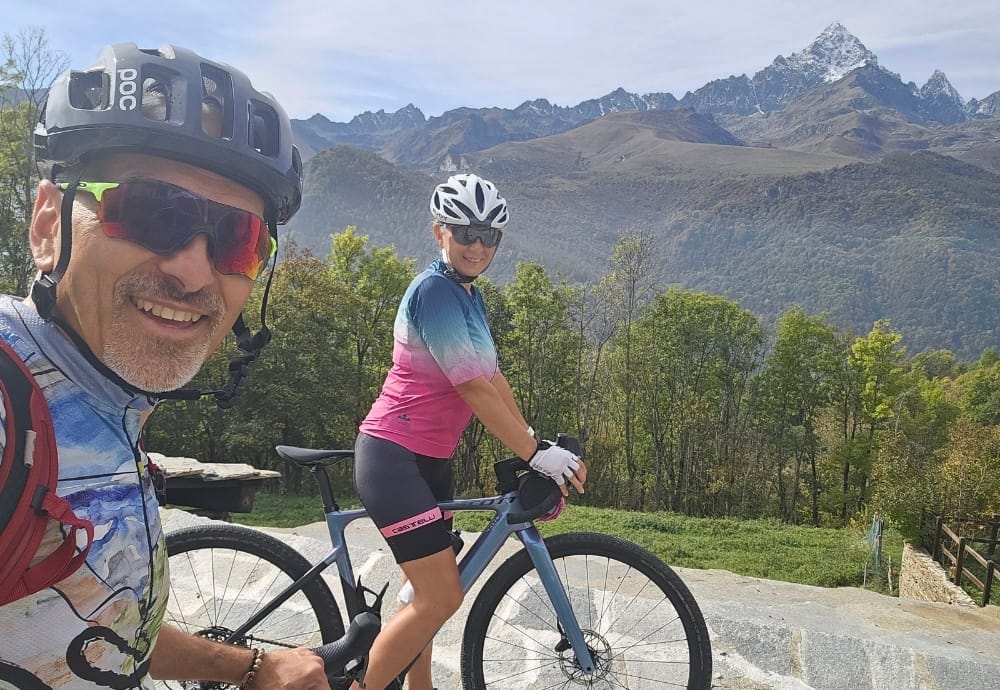
Yes, this is a one-way route, however the landscape is so unique that you will be happy to enjoy it again on the way down from a different perspective. The final section is 3.5 km (2.2 ml) with a vertical gain of 300 m (1,000 ft), the road becomes narrower and the slopes on the downhill side steeper.
The trick here is to reach Pian della Regina after they have closed the road to motor vehicles but earlier than mid-afternoon when the vehicles that are parked up at Pian del Re start driving back down. This is the golden hour for cyclists!
When the small parking lot at the top is full, only the small local shuttle bus goes back and forth for a few hours, taking the hikers and mountaineers to Pian del Re and others back down to Pian della Regina. You’ll have the road almost all to yourself!
GPX can be found here.

The Western Region - Torino
Heading north from Cuneo, we enter the Province of Turin. Torino is magnificent. Historically the first capital of Italy, and residence of past monarchs, regal Torino is a large, busy city where cycling is mostly tailored to sightseeing and relaxing weekend spins. Conversely, the outskirts of Torino have a very interesting terrain for cycling, with nice hilly roads and entertaining climbs. But hey, here we were in the process of describing some of the best climbs in the Piedmont Alps, so let’s get back to those by mentioning a couple of the epic rides that you can enjoy from here.
Colle delle Finestre
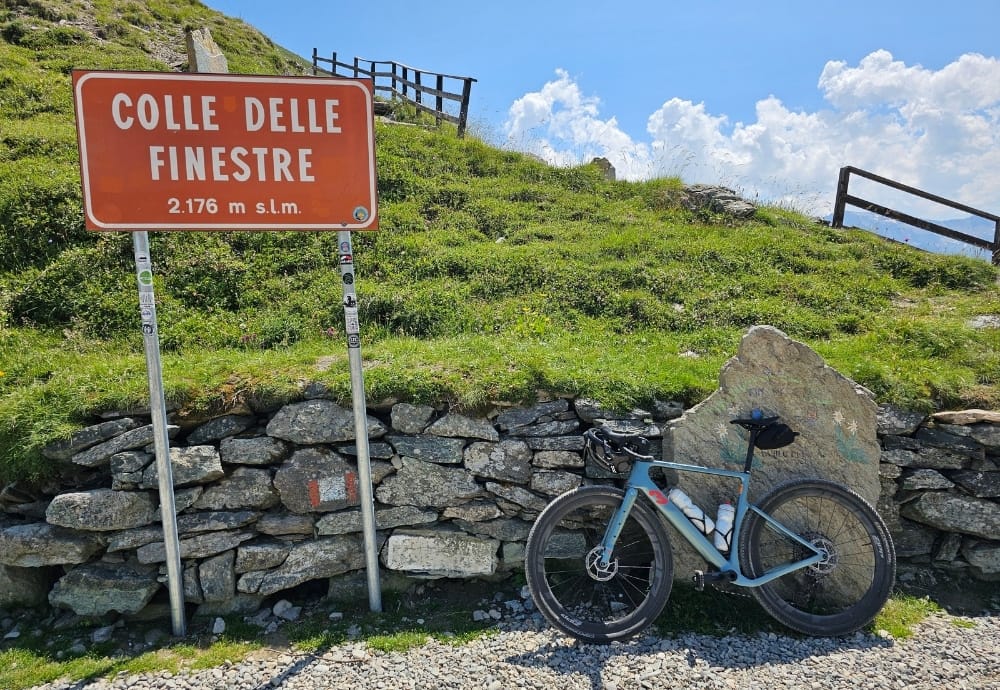
Mentioning the Colle delle Finestre (lit. Pass of the Windows) and the sports capital of Sestrieres should be enough to convince you of the high-quality riding that is available in this area, although there are many other main and secondary valleys west of Torino that also have ideal roads for all tastes and levels of fitness.
From Pinerolo to Sestrieres it’s about 50 km (31 miles) along the Chisone Valley; you go from an elevation of 370 to 2,000 metres above sea level. Overnighting in the historical town centre of Pinerolo, and heading out from there to the mountains is the ideal choice, your ride will mirror what the pros did during the last Italian stage of the Tour de France in 2024.
From Sestrieres, if you have the time and the logistics figured out, you can head out towards France and connect your Piedmont tour to the big climbs of the “Hautes Alpes et Savoie” which include the Galibier, Telegraph, Alpe d’Huez and Izoard. How’s that for a cross-border adventure?
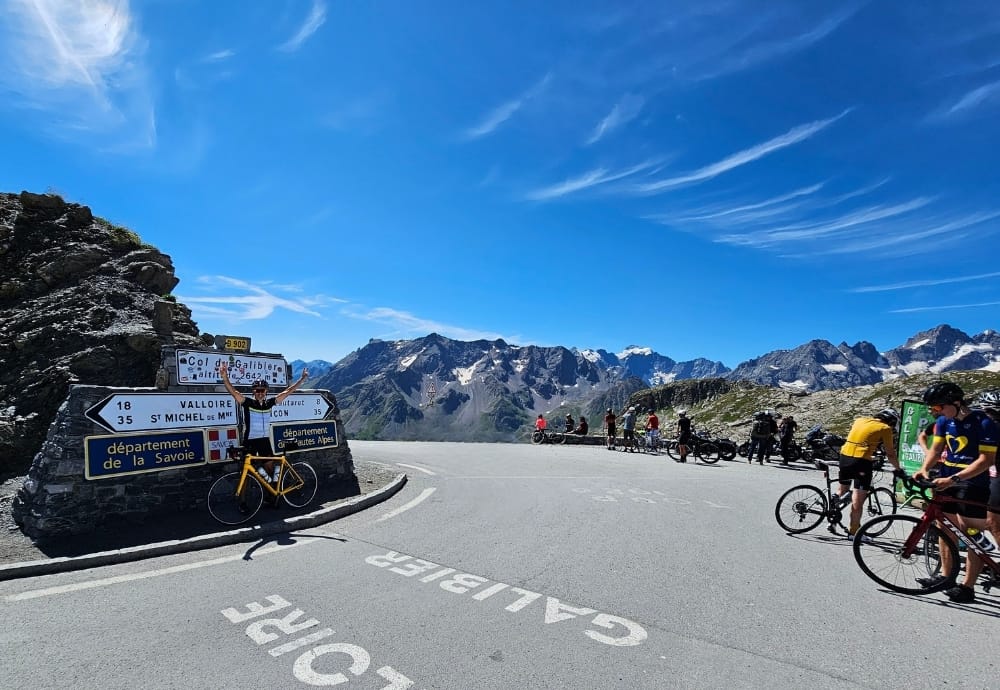
Well before reaching Sestrieres from Pinerolo, on the right is the road that will launch you up to the epic Colle delle Finestre. The nice thing about reaching this iconic pass from the Chisone Valley is that the climb is way more progressive and varied, and most of all it’s paved all the way to the summit at 2,176 mt elevation (7,140 ft).
The other side of the pass (on the Susa Valley) presents 8 km of unpaved road, and, since the first inclusion in 2005 it has become one of the most famous climbs of the Giro d’Italia. Included 4 times in the past, it will be once again present in 2025 as the last and most challenging mountain stage of the Giro.
This is where Chris Froome in 2018 left his mark, breaking away from the other GC riders on the gravel section of the climb, 83 km from the finish line, with 2 more climbs to tackle after the descent from the Finestre. He took the stage and the Pink Jersey, winning the Giro with one of the most celebrated cycling feats of all times.
The Northwestern Region - Ivrea
The medieval town of Ivrea sits at the mouth of the Aosta Valley, the northwestern little corner of Italy where mountaineers can reach the highest peaks in the Alps, such as Mont Blanc, Matterhorn, Monte Rosa and many more. Staying on the Piedmont side, one of the most famous climbs is Oropa, not far from the medieval town of Ivrea.
Oropa and Panoramica Zegna
The climb to the Sanctuary of Oropa is not particularly difficult compared to others in the area. However, it is located in a beautiful forest area, surrounded by mountains and the stunning building at its summit is visited by one million people each year. The climb is less than 12 km long (7 miles) with an average gradient of 6.2%, and has been included in the Giro d’Italia 6 times.
The famous 1999 stage saw Marco Pantani having to catch up due to a mechanical issue that forced him to stop. He only lost 45 seconds despite his competitors immediately attacking him.
He was so focussed in his effort that he passed all of the 50 riders in front of him and just kept going without realizing that he was in the lead. He won the stage without any sign of triumph, just to later discover that he had been the first one to cross the finish line!
The climb to Oropa can be paired with the so called “Panoramica Zegna” an amazing road that crosses the south-facing slopes above Biella, built thanks to the vision and financial support by of one of the most important entrepreneurs of Italy, the designer Ermenegildo Zegna, still nowadays a high-end luxury brand in clothing and textiles.
It is called “Panoramica” for a reason, on a clear day the views extend for hundreds of kilometres, not only of Piedmont but all the way to the Central Alps of neighbouring Lombardy.
It's also worth mentioning that not far from here are the shores of the romantic lakes of Orta and Maggiore and the lesser known and rustic Formazza Valley, where time seems to have stopped.
From the Toce Valley, the Simplon Pass provides an opportunity to enter Switzerland, not far from the impressive East facing slopes of Monte Rosa, a massive group of mountains second in elevation to Mont Blanc by only 200 m (660 ft).
Colle del Nivolet
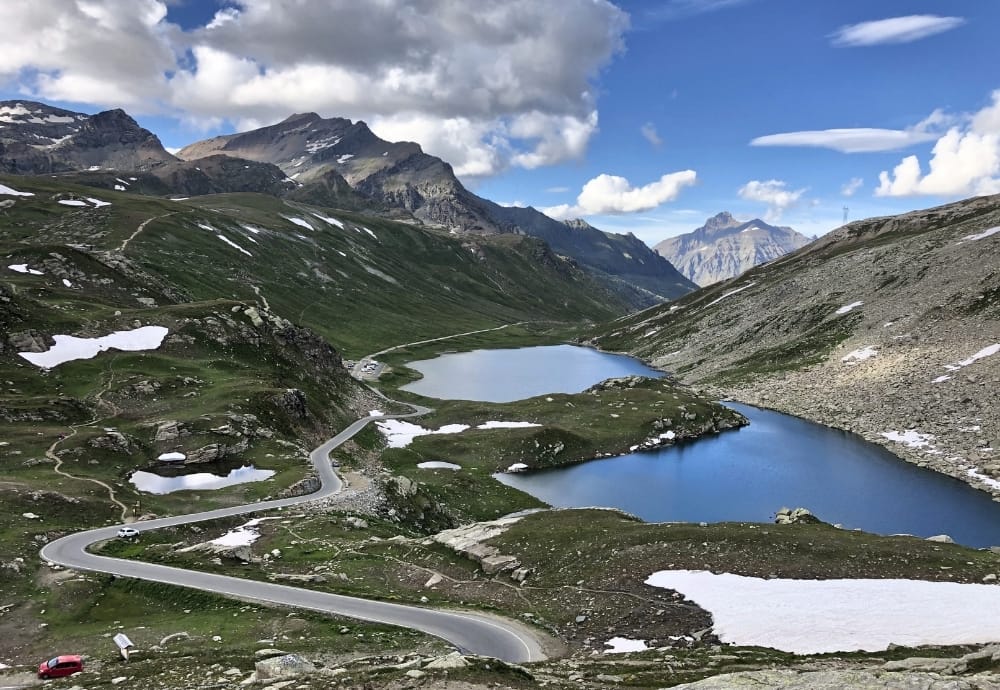
Last but definitely not least, the superb Nivolet Pass. The road is simply stunning in all aspects, from the ingenious way it’s been designed to snake up the Orco Valley, to the impressive engineering of the upper sections which somehow finds a way to gain elevation amongst mountains covered by glaciers.
The stats for this climb boast a length of 58 km (36 ml) and an elevation gain of 2,370 m (7,800 ft) reaching the altitude of 2,616 m (8,600 ft). During the last century the natural steps in the slopes carved by ancient glaciers were considered the perfect morphology to build dams and large lakes for delivering hydroelectric power to the city of Torino.
Nowadays these active structures have become a trademark feature in the landscape of the valley and have left the long-lasting legacy of 3 beautiful blue lakes filled with the clear crystalline water of the surrounding mountains.
The lakes, glaciers, the thin alpine air, the meadows, the rocky outcrops, the high peaks, the wide switchbacks, the unobstructed views and the pristine conditions of everything that surrounds this unbelievably beautiful road, make this climb my all-time world favourite. I know, I am biased, Piedmont is in my heart, and I just can’t help it. But seriously, ride the Nivolet, you will not regret it, it’s an adventure you will never forget.
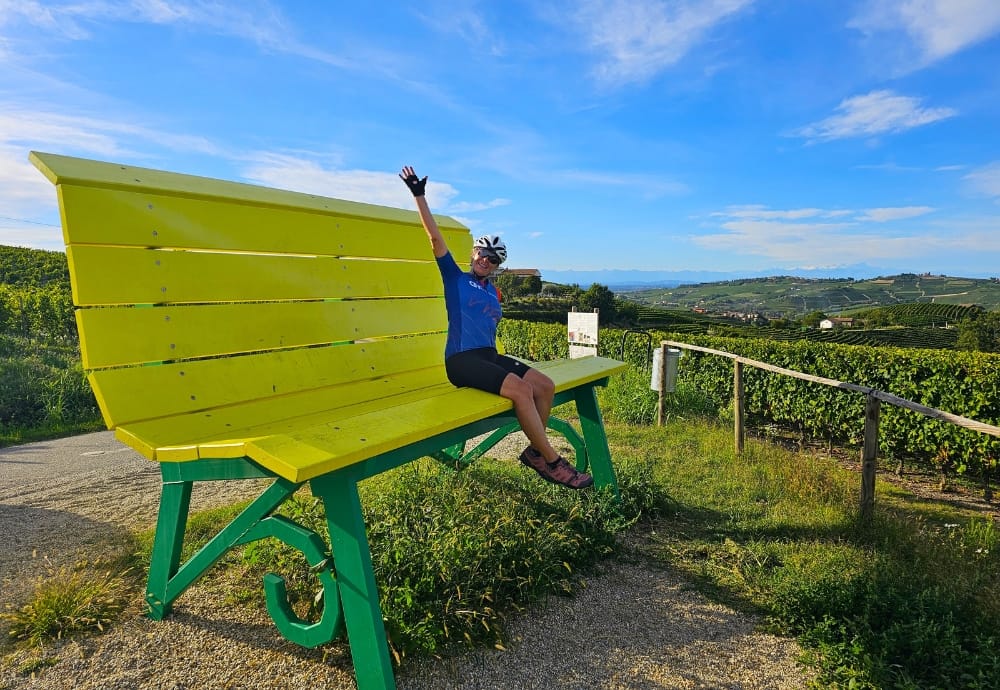
Looking for the best cycling tours in Italy? Look no further, come and join us! You will be entranced, and you will end up joining the Piemonte Fan Club, made up of those who discovered that this is indeed the richest yet the most underrated cycling region of Italy.

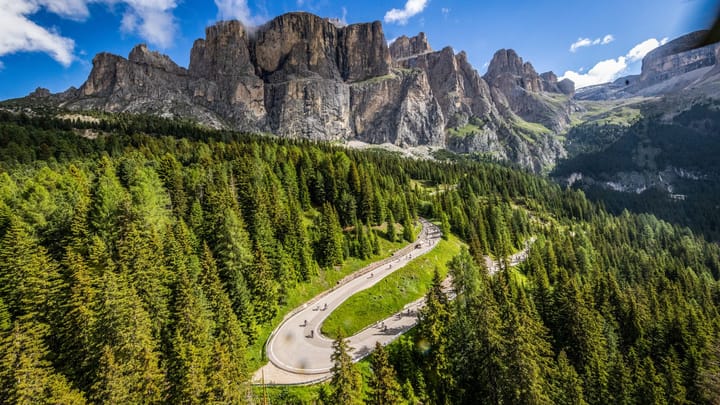
Comments ()